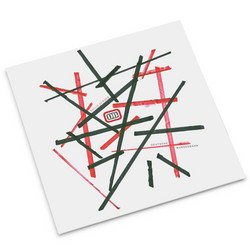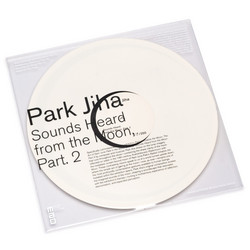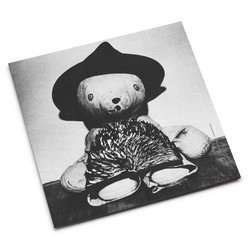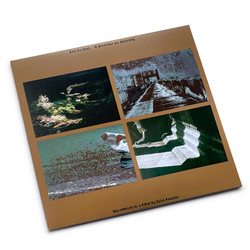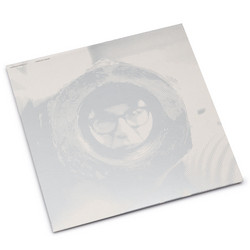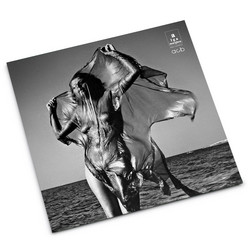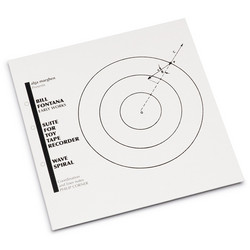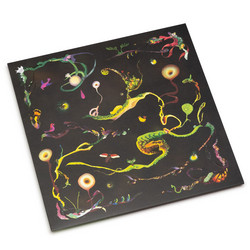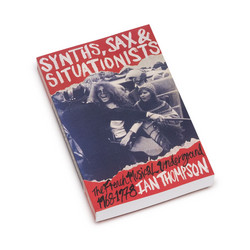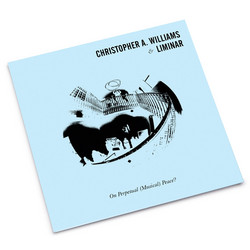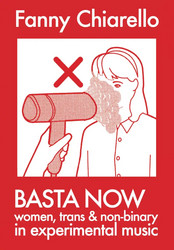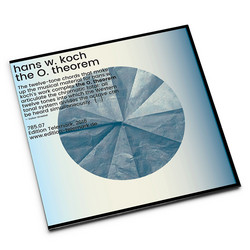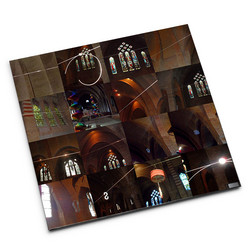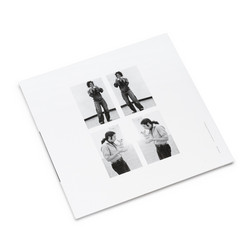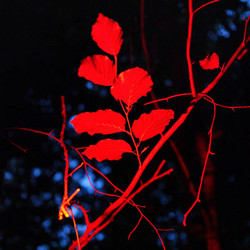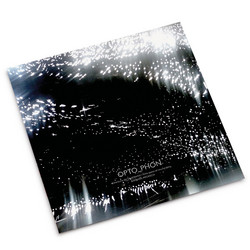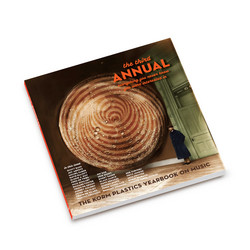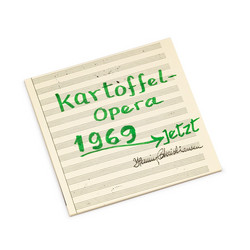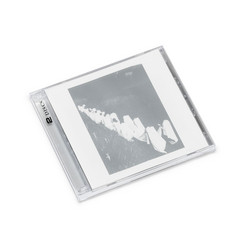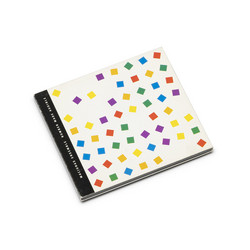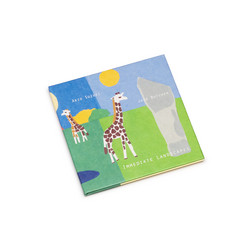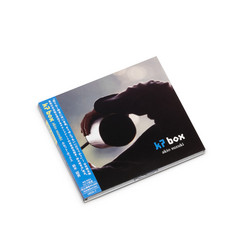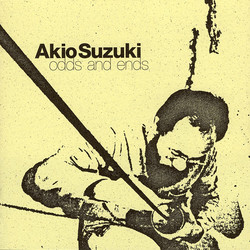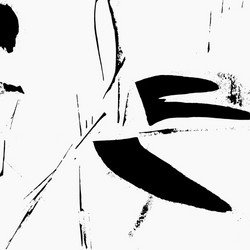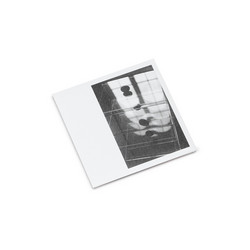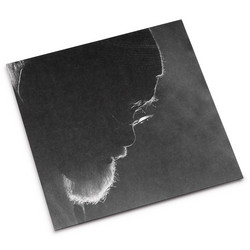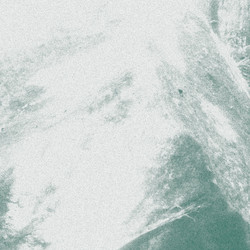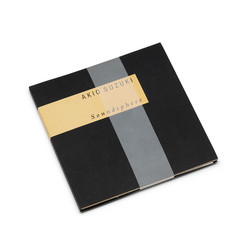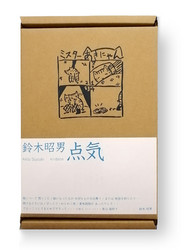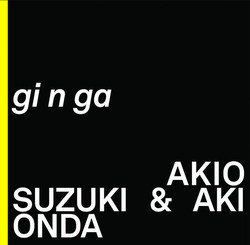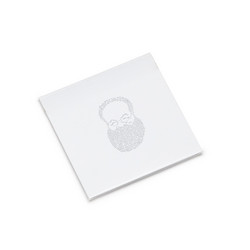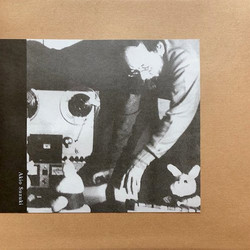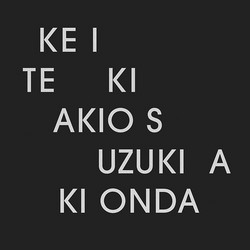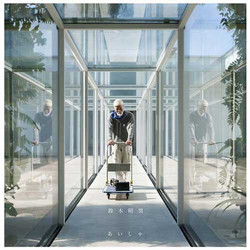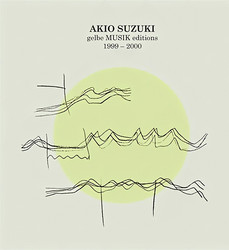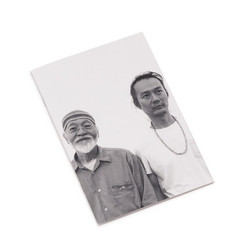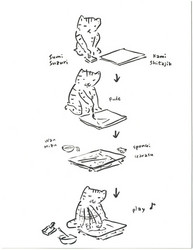1
2
Full concert recording from Suzuki’s first performance in Milano. Three different sections played on Analapos (one of these is the spiral echo instrument consisting of a coil spring and two iron cylinders that function as resonating chambers, and is played with the voice or by hand), a selection of small stones, and the De Koolmess Glass Harmonica. Recorded in April 2003 at A+MBookstore (a small storefront gallery and art bookstore in central Milano) by Pierre-Olivier Boulant. With three new drawings by the artist on the sleeve and on the Lp centre labels. Project coordinated by Aki Onda.
Since the 1960s, the Japanese artist Akio Suzuki has been investigating the acoustic quality of selected locations and creating corresponding topographies. His intensive involvement with the phenomenon of pulse and echo led him to develop his own instruments in the 1970s. Edition of 300 copies on black vinyl, co-released by Senufo Editions and GAN.
From the late seventies and through the eighties, Suzuki also developed a form of performance he refers to as Conceptual Soundwork. Applying a number of self-imposed, simple and austere rules, he uses objects close at hand in a mode of "intellectual play". Suzuki's journey as an artist began in 1963 with a performance at Nagoya station, in which he threw a bucket full of junk down a staircase. The inspiration behind this performance - the idea that if one were to hurl an object down a well-balanced stairway, a pleasant rhythm might be the result - took the desire to "listen" as its subject. That desire to hear, to listen has remained the one constant in Suzuki's stance as an artist. While these events do on the one hand express a critique of meaningless improvised performance, at the same time Suzuki is constantly aware of the audience's process of listening and he attempts to create contemporaneous connections with the site of performance. It was around this time that Suzuki began to travel frequently to the US and Europe, and his performances at leading music festivals, Festival d'Automne (Paris, 1978) and Documenta 8 (Kassel, 1987) were rapturously received.
Details
Cat. number: dai ichi
Year: 2014
Notes:
Limited to 300 copies

